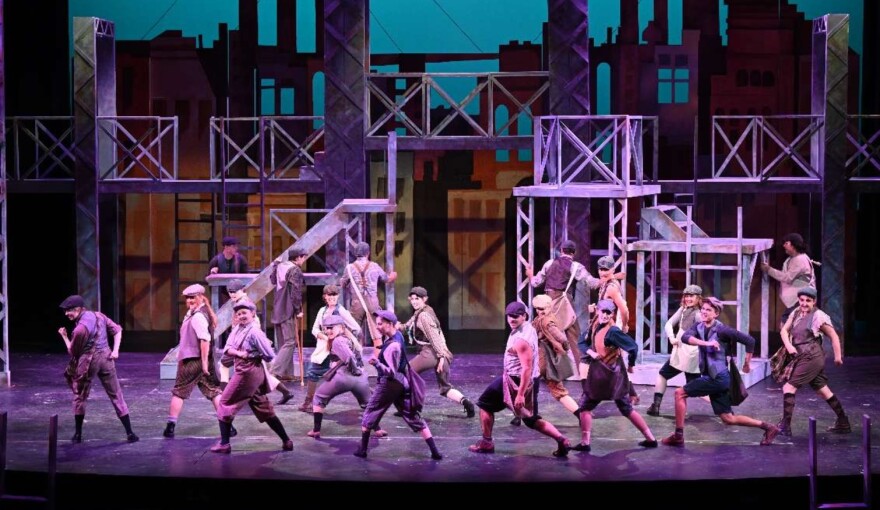By Natalie Dean and Sydney Hoier
SDSU musical ensembles and theater activities will receive consistent funding thanks to a long-awaited change in the setup of the General Activity Fee.
Advocates for the change, which takes effect in 2026, say it’s an update they’ve been working toward for nearly 20 years.
The General Activity Fee, or GAF, is a charge of $50.85 each student pays per credit hour they are enrolled in. The GAF funding goes towards student organizations, the wellness center and other campus operations.
A steering committee made up of Students’ Association members and faculty are responsible for the added section funding music and theater.
“We just really wanted to guarantee them some funding and make sure they can plan ahead and put on even better events, so that’s when we started looking to give them their own line item,” Students’ Association President Trinity Peterson said.
Music ensembles and theater activities have always had a piece of the GAF fund. However, it came with more oversight and supervision from the Students’ Association, or SA.
The steering committee worked closely with the Director of the School of Performing Arts, Dr. David Reynolds, throughout the year in order to establish the financial needs and requirements for this new plan.
“We asked [Dr. Reynolds] to come into a steering committee meeting to answer questions and he was more than happy,” Peterson said. “He attended that and ultimately it passed our steering committee.”
Reynolds released a statement thanking student leaders for their efforts to successfully make these changes.
“All of us are truly looking forward to the year-to-year predictability that comes with this new model, as it will help each director better plan the services and activities we provide,” Reynolds said.

The 2025-2030 GAF Strategic Plan details how the fee is divided. Beginning in 2026, the breakdown includes 71 cents of the per credit hour fee to go towards music ensembles and theater activities.
Part of the agreement to get their own line section involved a Memorandum of Understanding, or MOU, between SA and The School of Performing Arts. The MOU specifies that SoPA must acknowledge SA’s contributions and give students free access to SoPA performances. Also, SoPA can only fund ensembles and theater activities with the allotted money and must meet with SA annually to review how the GAF funding was used.
As a member of the Pride of the Dakotas marching band and the Statesmen choir, Michael Garofalo said this is a great way to support SoPA and provide opportunities for students in the school and its activities.
“Just having that base budget that the GAF funds for the School of Performing Arts is really important to me because without that, certainly some money would go away and the ability of those ensembles to travel would be impacted,” Garofalo said. “I think too that without having that student buy-in there might be less interest from the community.”
The money from the GAF fund specifically goes toward allowing all SDSU students to get into all SoPA music ensembles and theater productions for free, along with basic needs such as travel costs and purchasing rights to music.
This past year alone there were a total of 1,794 students who attended events, ranging from student music ensembles to productions from the theater department.
Garofalo also said though students will not specifically see any major changes in their ensembles and productions, this new section allows a “peace of mind” to the SoPA faculty and directors.
“Most students probably won’t notice a change day-to-day. I think it’s about making things easier for the people managing it all,” Garofalo said. “When things are easier for Dr. Reynolds and for his choir and band directors, that definitely presents the opportunity of what they could do.”
This piece was produced through a partnership program between South Dakota State University and newsrooms throughout the state. Students worked with journalists to produce investigative news stories. In this piece, journalism students Natalie Dean and Sydney Hoier worked with SDPB editors over several months to identify key story components, develop sources and sew together the facts into a single article. The class, Watchdog Reporting, is taught by SDSU School of Journalism and Mass Communication Associate Professor Rockey Dailey.

